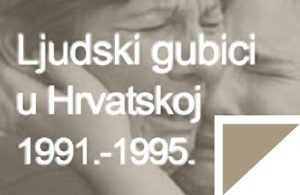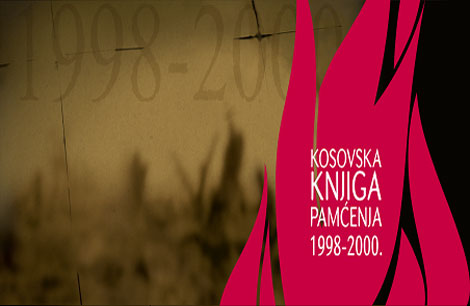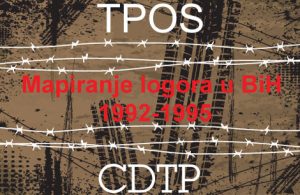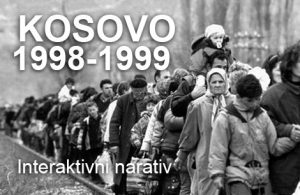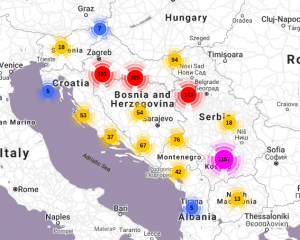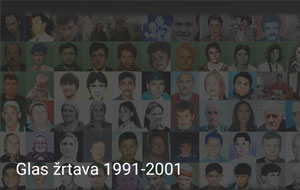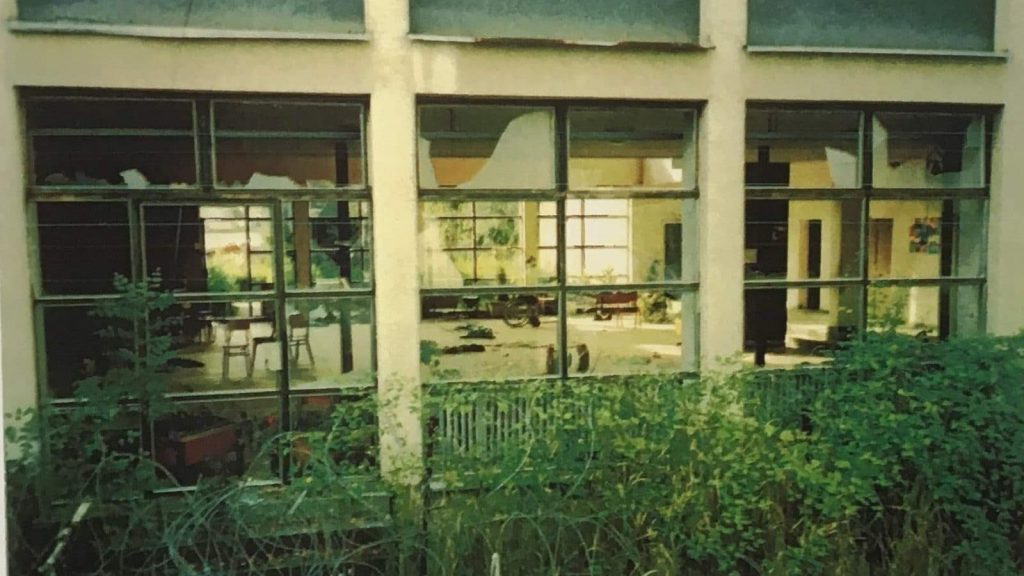
17.08.2020.
BIRN – Mystery of Croatian School Massacre Unsolved, 25 Years On
Balkan Insight, BIRN, Disabled Persons, Dvor 1995, Eric Sorenssen, Jerko Bakotin, Jovan Macut, Nils Mulvad, Operation Storm 1995, Saša Kosanović, Saša Simić, United Nations, Vinko Štefanek, War Crimes, War victims, Željko Ražnatović Arkan, Zorka Marić, Zvonimir BaburakTwenty-five years after the killing of nine elderly and disabled civilians who had taken refuge at a school in the Croatian town of Dvor, Serbian and Croatian officials continue to blame the other side’s troops, and no one has ever been charged.
“One of the soldiers went from his position on the lawn to the school and looked through the windows. He signalled to the soldiers behind the wall. They started shooting. Immediately after, shooting could be heard from inside the school.”
On August 8, it will be exactly 25 years since Christian Jensen witnessed this incident, which he described a few days after it happened to Danish investigators who sent their findings to the International Criminal Tribunal for the Former Yugoslavia, ICTY.
At the time, Jensen was a 54-year-old senior sergeant with the Danish battalion of the United Nations mission in Croatia. The battalion was based on a playing field 35 metres from the school building in the town of Dvor, which had been part of the territory held by the secessionist Republic of Serbian Krajina, an unrecognised entity established by rebel Croatian Serbs within Croatia in 1991 as Yugoslavia collapsed.
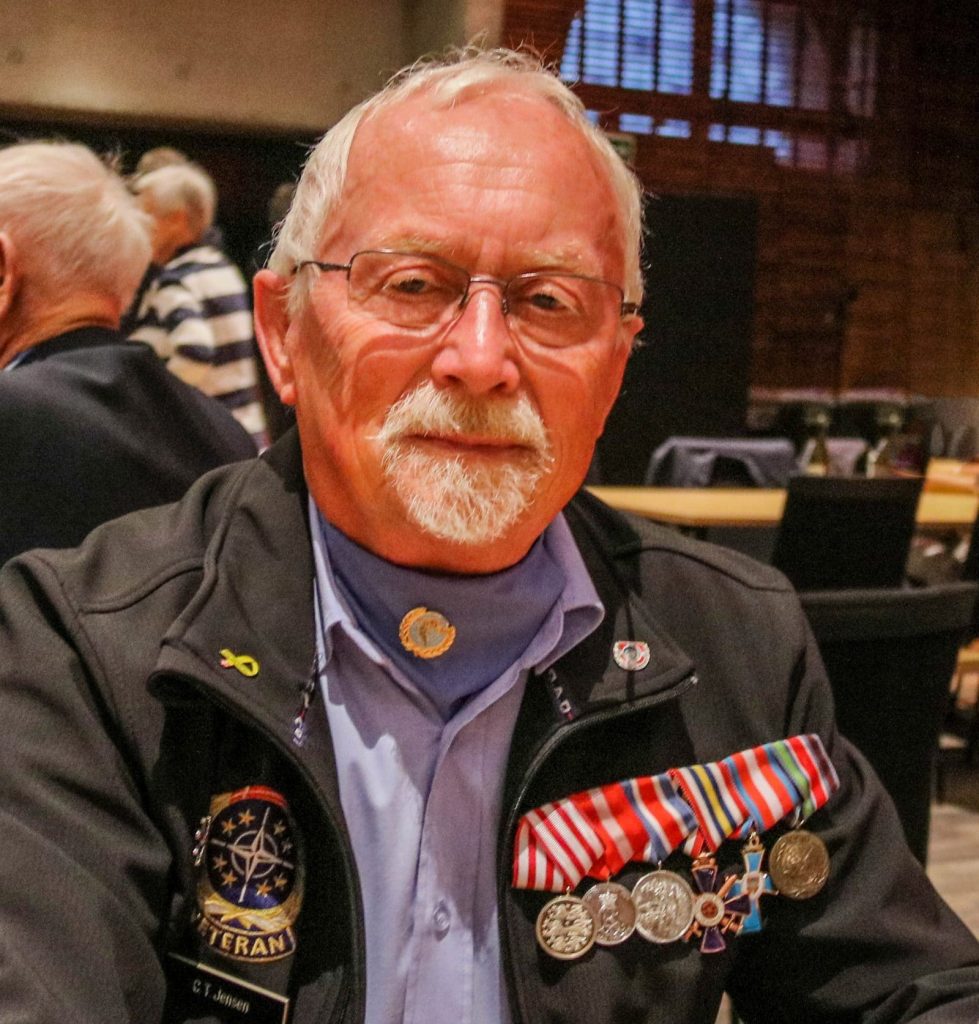
In early August 1995, the Republic of Serbian Krajina disintegrated during Operation Storm, a military offensive by vastly superior Croatian forces to take back territory held by the rebels, aided by a rear attack by the Bosniak-led Bosnian Army’s Fifth Corps.
Some 200,000 Serbs fled Croatia as a result, many in a long convoy of cars, buses and other vehicles that headed along the road that led through Dvor and then across the border to Serb-controlled territory in Bosnia and Herzegovina.
Among the fleeing Serbs were around 50 residents of a psychiatric hospital and a retirement home in the town of Petrinja. They were evacuated to Dvor and given shelter in the town’s elementary school, three kilometres from a bridge over the River Una which led to safety across the border in the Bosnian town of Bosanski Novi (since renamed Novi Grad).
By August 7, most of the people who were at the school had managed to leave. But nine of them stayed – those who were unable to leave without anyone to help them. Most were Serbs, but at least one Croatian women was among them. Some had serious mental or physical disabilities.
Croatian soldiers pushed into Dvor in the late afternoon of August 7 and intercepted the convoy of refugee vehicles at the traffic circle near the bus station. A firefight ensued with Serb soldiers from the convoy, and both sides incurred losses.
For the Serbs, it was crucial to hold the crossroads in order to secure the road from the Croatian town of Glina to Bosanski Novi, which was the escape route for tens of thousands of Croatian Serbs. The next morning, the remnants of the Republic of Serbian Krajina Army counterattacked from the west and south in order to allow the refugee convoy to proceed, and Croatian troops withdrew to positions just outside the town.
The Croatian and Serb versions of these events mostly coincide up to this point. But there is disagreement about who controlled the area around the school in the early afternoon of August 8 – and on which side were the soldiers who approached the school around 2.50pm that day.
After entering the school, the soldiers lined up the refugees in the entrance hall, including wheelchair-bound Zorka Maric and 80-year-old Desanka Teodorovic, who was on crutches.
“Suddenly one soldier fired three to four rounds at the old woman. I saw her collapsing in the chair. The same soldier shot single rounds against the other civilians. They fell on the floor. It was obvious they were dead,” Jan Wellendorff, a senior sergeant with the Danish battalion of the United Nations mission who had a direct view of the school hall, told the ICTY investigators.
The massacre at the school was reported by the New York Times on August 10. In the weeks that followed, Danish investigators working for the ICTY questioned a number of witnesses, whose testimonies BIRN has now acquired from the Danish Military Command.
However, 25 years later, the perpetrators of the attack in the school in Dvor remain unidentified and unpunished, and Serbia and Croatia continue to blame each other for the killings.
Bosnian Army troops initially suspected
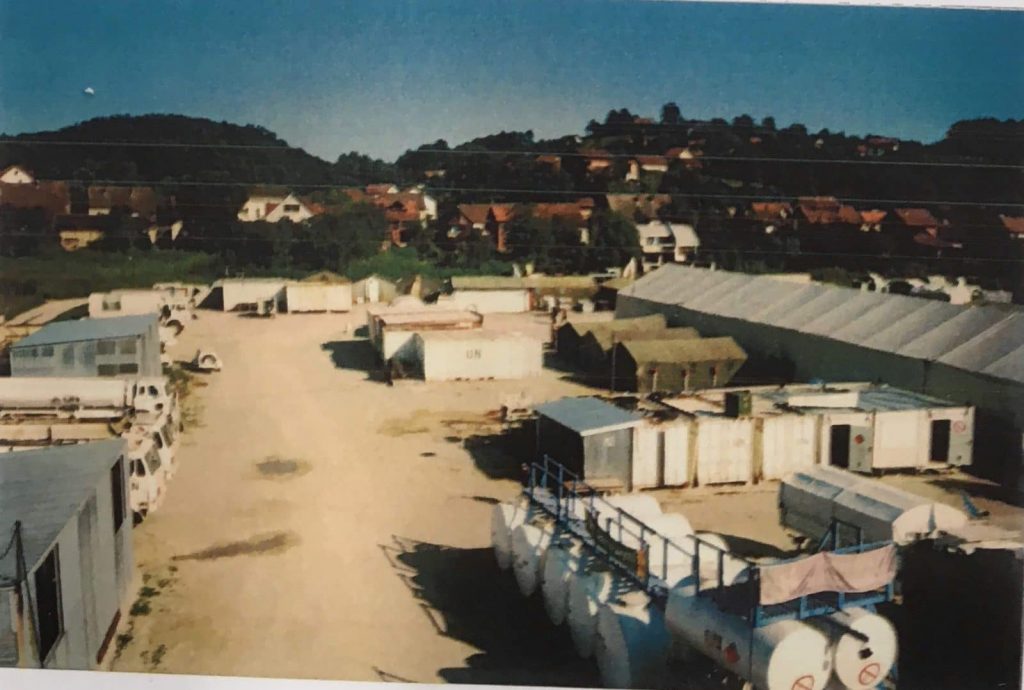
The first reports from the Danish UN troops put the blame for the executions on the Bosnian Army’s Fifth Corps, for several reasons. Firstly, together with the Croatian Army, the Fifth Corps attacked a Serb refugee convoy in the village of Donji Zirovac, around 25 kilometres from Dvor. At least 16 civilians were killed. There were also reports of a Bosnian Army attack on Serb refugees in Trgovi, nine kilometres west of Dvor.
Fewer than two hours after the massacre in the school, the Danish battalion sent a despatch expressing suspicion that the Fifth Corps was responsible, although neither Jensen, Wellendorff nor other witnesses could tell if the perpetrators belonged to the Bosnian Army, Republic of Serbian Krajina forces or the Croatian Army.
“One person had a shield on his upper arm, red with two V-like signs at the upper edge,” Jensen said, describing the only one of the killers who had any insignia. The chief Danish commander interpreted this to mean the Roman numeral ‘V’ (5), it emerged during joint questioning of witnesses by Serbian and Croatian prosecutors in 2012 in Copenhagen, whose content is being reported now for the first time by BIRN.
However, the Fifth Corps’ insignia does not include the Roman numeral ‘V’. On top of that, while being questioned, Jensen was shown various Bosnian, Serbian and Croatian insignias, and recognised none of them. The claim that the Bosnian Army was responsible still made its way into numerous Danish military, UN and media reports.
However, several military commanders – both Croatian and Serb – as well as civilians present in Dvor at the time have confirmed there were no Bosnian soldiers there before August 10, so Fifth Corps troops could not have carried out the killings at the school.
Sources from both the Croatian State Attorney’s Office and the Serbian War Crimes Prosecutor’s Office also told BIRN that they have ruled out a Bosnian Army presence in Dvor at the time of the killings.
Serbian ‘Red Berets’ come under scrutiny
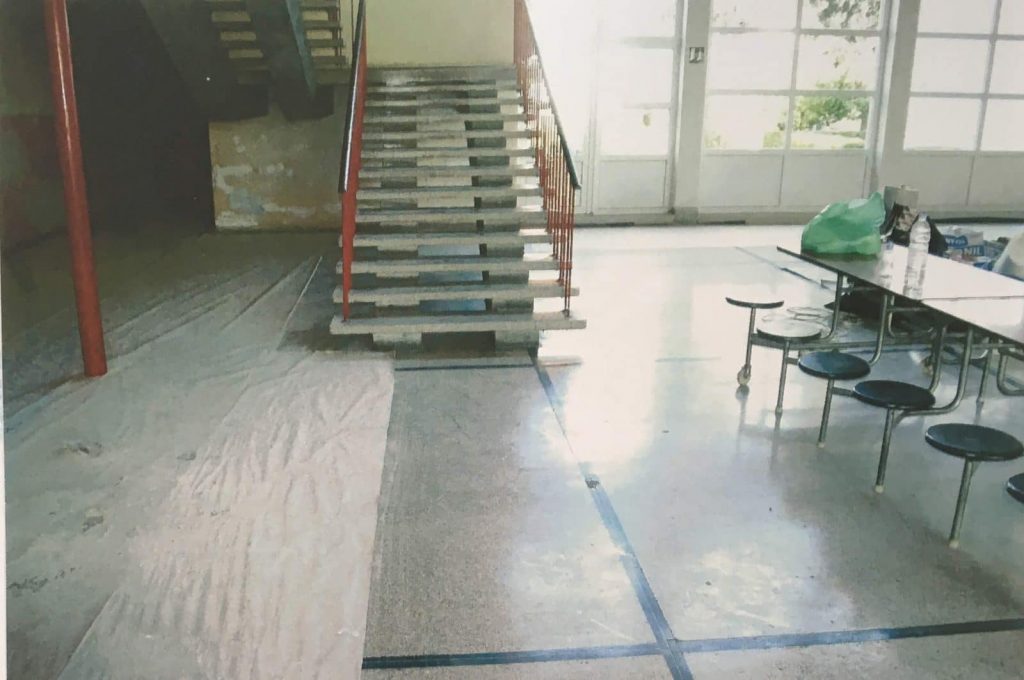
In a 2015 Danish documentary about the massacre, Republic of Serbian Krajina Army general Mile Novakovic claimed that “the school was of no interest to Serb forces”. However, BIRN established that on August 8, both Serb and Croatian units were near the building.
“Around 6am we managed to organise 150 to 200 soldiers. Morale had been shattered, everyone was worried about his family in the [refugee] convoy. We advanced slowly. Around noon, my group pushed into the centre of Dvor,” the chief of staff of the Republic of Serbian Krajina Army’s 13th Brigade, colonel Lazo Pekec, told BIRN.
Colonel Pekec entered Dvor from the west, and was involved in ensuring the safe passage of the refugee convoy until 10pm that night.
Another Krajina Army officer confirmed that on the morning of August 8, they “ejected the Croats from Dvor” and met Novakovic’s forces, who attacked from the south. Novakovic himself wrote that after re-entering Dvor, he deployed a Banja Luka Special Police detachment in the town centre, meaning that it could be argued that the area around the school was under Serb control around the time of the massacre.
As well as the Krajina Army and the Banja Luka Special Police detachment, the Serbian State Security Service’s Unit for Anti-Terrorist Operations was also in the area. Its members were known as the ‘Red Berets’ and were sometimes described as ‘Arkan’s Men’ by civilians who confused them with the Serbian Volunteer Guard, a paramilitary unit led by Serbian warlord Zeljko ‘Arkan’ Raznatovic. The sources from the Croatian State Attorney’s Office also sometimes describes Red Berets fighters as Arkan’s Men.
A senior source at the Croatian State Attorney’s Office said that its officials believe that a group made up of Red Berets and Republic of Serbian Krajina soldiers were responsible for the massacre.
The source said that on the morning of August 8, Arkan’s Men were patrolling in Dvor and forcing local Serbs to join the refugee convoy and leave the town. As Dvor was a Serb-majority town, those who chose to stay were considered traitors.
A Dvor resident told ICTY investigators that on August 8 around 9am, he and his wife saw two soldiers, one of whom ordered him to kneel and asked him why he had not joined the refugee convoy.
“I told him I was sick and could not leave. He took his knife and put it to my throat but after questioning me he put it back,” said the witness, who BIRN was able to identify as Zvonimir Baburak.
The soldiers sat down and accepted the brandy and coffee that Baburak and his wife offered. Baburak said he did not know “what force the soldiers belonged to, they had no insignia”.
The soldiers inquired if there were Muslims in the school, then left for the school building, with three or four other soldiers joining them. “Later we heard shouts of ‘Come out’ and ‘Surrender’, and shooting at the school,” said Baburak.
Afterwards he was visited by his brother, accompanied by a soldier from Leskovac in Serbia. The soldier asked him to identify a corpse lying in the street nearby. “It was our local barber. Some of his head was missing,” said Baburak. The barber was a local Croat named Nedjeljko Ivelic. His wife had also been killed in their house.
Later Baburak also found the corpse of a young man lying near the school, his throat cut. In the evening he went to his brother’s house where he said that Serb soldiers boasted that there were “10,000 of Arkan’s Men” in the area. One soldier showed Baburak that they had Croatian, Bosnian and Serbian insignias and changed them at will.
The Croatian State Attorney’s Office source said there were numerous accounts of Arkan’s Men being active in Dvor that day. “We have a witness who was thrown out of her house by Arkan’s Men at noon. Another witness saw that Arkan’s Men beat an Orthodox priest who did not want to join the convoy,” said the source.
The Croatian State Attorney’s Office also believes that Serb fighters killed five Croatian soldiers from 17th Sunja Homeguard Regiment who did not withdraw when the Croatian Army retreated that morning but took shelter in one of the houses across from the school instead. Between 10am and noon, they were captured and executed in a corn field near the bus station. A sixth soldier who separated from the group survived by asking for shelter at the Danish base.
“We assume that the Ivelic couple, the disabled people in the school and the five Croatian soldiers were killed by members of the same units, including the Red Berets. More than 100 witnesses have been questioned. All the witnesses questioned at the beginning of the investigation said the killers were Arkan’s Men,” said the Croatian State Attorney’s Office source.
A Danish military log entry dated August 8 also says that “civilians in Dvor have indicated that the liquidations were carried out” by Arkan’s Men.
Although the Croatian State Attorney’s Office source is still trying to identify the direct perpetrators, it believes that there is a greater chance of identifying the units to which they belonged. “Then it would be possible to indict the commanders according to the command responsibility principle,” the source said.
The claim that Serb soldiers committed the massacre in the school has several weak points. The soldiers who threatened Baburak came to his house around 9am. Even if they were Serbs – Croats would have been unlikely to sit and drink coffee and brandy in the middle of Serb-controlled Dvor – the massacre happened hours later.
BIRN also found a Croat civilian who claimed that in the days before August 8, the Republic of Serbian Krajina Army ordered two young soldiers to guard the disabled people at the school.
Further questions can be raised because during the whole of Operation Storm, there is not a single confirmed instance of Serb soldiers massacring Serb civilians, and because all the Danish soldiers agree that the killers behaved as if they were attacking an enemy position when approaching the school.
Jensen described the soldiers lying on the ground to protect themselves from potential fire, while Wellendorff and others claimed the school was hit by a shell and a hand grenade. A Serb squad operating in Serb-controlled Dvor would have been unlikely to behave as if it was infiltrating enemy territory or attacking an enemy-controlled building.
Croatian Army soldiers also accused
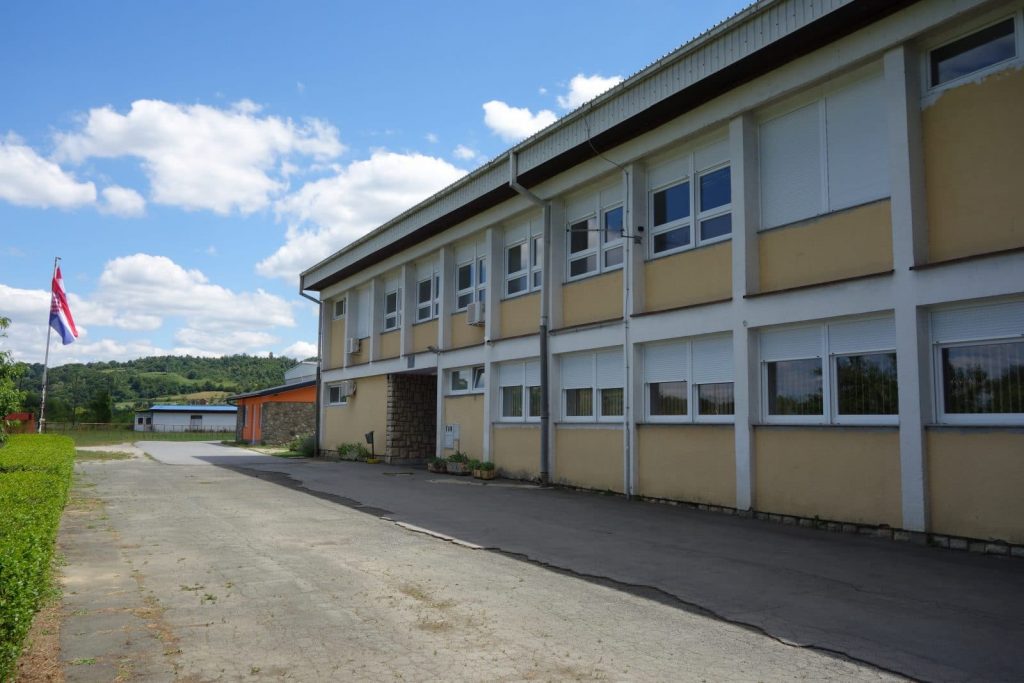
“On August 8 there was no any soldier or unit under the command of the Croatian Army in Dvor,” claimed colonel Bruno Cavic of the Croatian Army 145th Brigade in the 2015 Danish documentary about the massacre.
The documentary sparked public fury in Croatia for showing men who were allegedly Croatian soldiers close to the school on that day.
Both Cavic and other Croatian commanders claimed that after withdrawing from Dvor on the morning of August 8, they did not re-enter the town before August 9 – well after the massacre in the school. However, Cavic was in only charge of his own brigade only, and there were several other Croatian units present.
BIRN was able to establish that the Croatian Army actually entered Dvor not twice, but three times. The second time was on the morning of August 8, after the Serb counterattack drove the Croat troops out of the town.
In 2011, Zagreb-based news weekly Novosti translated excerpts from the Danish military log which noted heavy fighting and a wounded Croatian soldier near the school that day. BIRN acquired additional despatches recording intensive fighting in the centre of Dvor in the afternoon of August 8; fighting which was still going on in the evening.
The main Croatian commander in the Dvor area was Zagreb Military District chief of staff, brigadier Vinko Stefanek. He confirmed that Croatian Army briefly re-entered Dvor on the morning of August 8.
“After the fighting the previous night I ordered a withdrawal to the crossroads at the northern edge of the town. In the morning, there were some probing efforts, not organised and very limited,” Stefanek told BIRN. Another officer confirmed that after around 100 metres, Stefanek ordered his forces to halt.
However, despite these orders, one 17th Regiment battalion pushed on further, even passing the school playing field where the Danish battalion had its base. Some Croatian soldiers were captured by the Danes’ cameras, which also filmed the wounded soldier mentioned in the military log. BIRN was able to identify the man as Sasa Simic.
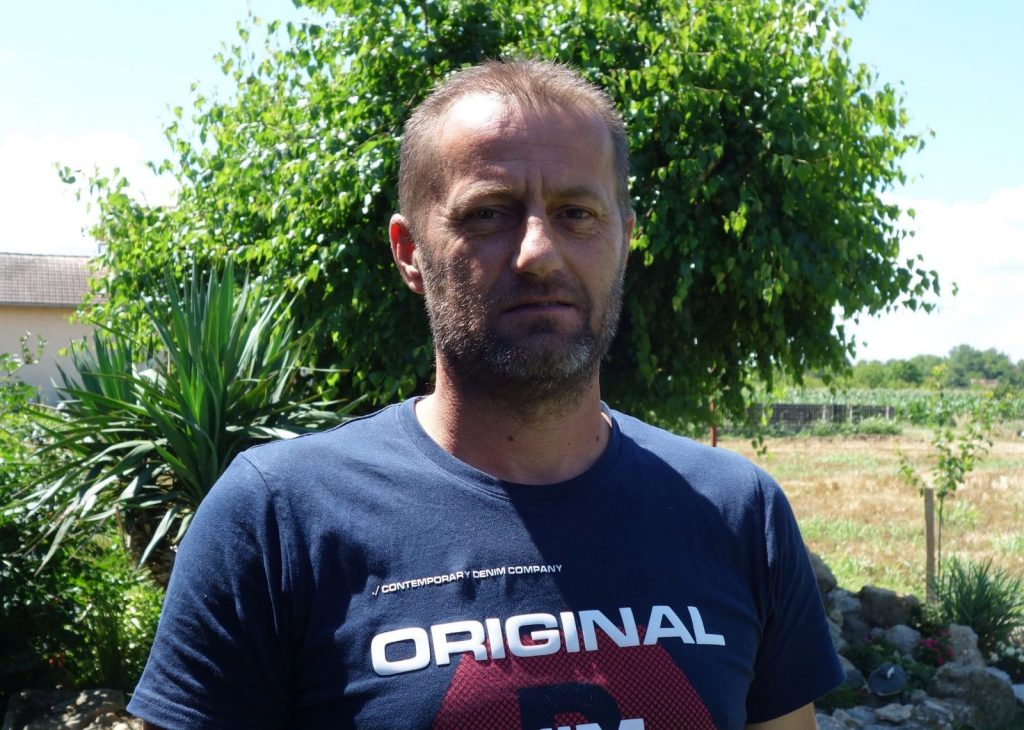
“I was walking on the other side of the embankment situated by the road. After passing the UN base, I suddenly saw a mass of Serb soldiers. They tried to encircle us. I threw a grenade and opened fire,” said Simic, who was speaking to media for the first time.
“Then I felt I was hit. When I regained consciousness, I asked my guys to take me to the UN. The Danes gave me morphine,” he added.
The Danish military log records that this happened shortly before 9.30am – hours before 2.50pm, when the massacre took place. However, according to the direction from which the killers came, it is possible that they arrived from the area that Croatian forces had reached that morning. And Jensen, who was best positioned to observe the road, said that after the shooting, the killers walked away towards the north-west. That direction led to the where the Croatian troop positions were at the time.
“[The attack on the school] was a cleansing operation, done very professionally, but with no military purpose. The only purpose was pure terror,” Jensen told BIRN. This description fits the pattern of other crimes committed by Croatian forces during and after Operation Storm.
However, Croatian soldiers usually wore coloured stripes on their shoulders so they could recognise each other. The perpetrators of the massacre wore no stripes, although they could have removed them.
It is also unclear why a Croatian unit would endanger itself by massacring civilians and attracting attention while the area was still under Serb control.
“It would be unrealistic if the Croats would begin to clear the houses around the school before they controlled that part of the city,” captain Erik Sorensen, another Danish eyewitness, told BIRN.
Croats blame Serbs, Serbs blame Croats
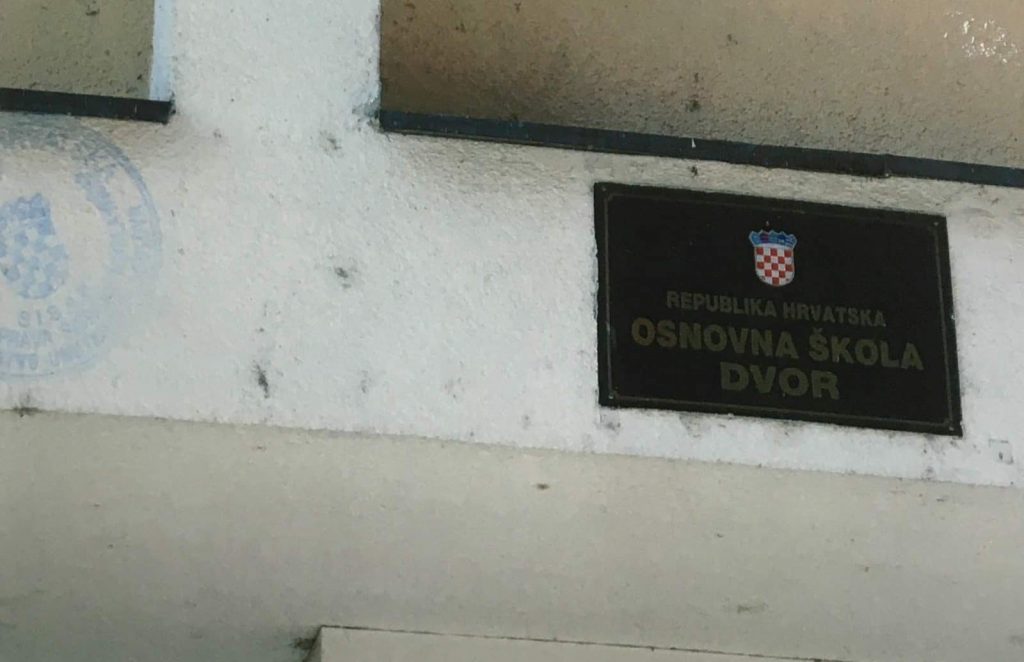
Twenty-five years after the killing in the school in Dvor, the victims’ families have still not seen justice. With the passing of time, important witnesses have been dying, and no indictments are expected in the foreseeable future.
The source from the Croatian State Attorney’s Office said that the perpetrators remain unknown.
“In spite of all the actions that have been undertaken, sufficient evidence has still not been gathered to build justified suspicion against a specific perpetrator,” the source said.
The Serbian War Crimes Prosecutor’s Office gave an even briefer summary of its progress. “The Serbian War Crimes Prosecutor’s Office cannot estimate how close it is to bringing an indictment against those responsible for this crime,” said a source from the Belgrade-based prosecution.
Unsurprisingly, the Croatian State Attorney’s Office suspects that the perpetrators were Serbs, while the Serbian War Crimes Prosecutor’s Office thinks the opposite.
BIRN has identified strange omissions in the investigations. Crucial commanders in Serbia have not been interrogated by the Serbian War Crimes Prosecutor’s Office.
Danish investigators who were at the scene of the school massacre only a couple of days afterwards, collecting evidence for the ICTY, were also not questioned by Serbian or Croatian prosecutors.
As the crime was committed in Croatia, the authorities there should be primarily responsible for delivering justice. But their attitude to the victims is highlighted by the fact that according to information published by media, only two of the nine victims – Zorka Maric and Jovan Macut – have been identified by DNA analysis for far so they could be given proper funerals by their families.
The other victims’ identities have still not been confirmed by DNA analysis. They are all still buried in unmarked graves in Petrinja, the cemetery’s director told BIRN.
Maric’s relatives have engaged a lawyer, Sladjana Cankovic, who said she plans to file a complaint to the Croatian Constitutional Court about human rights violations caused by the ineffective investigation into the case.
“If it is rejected, we will bring the same complaint to the European Court of Human Rights. Twenty-five years after the crime was committed, nothing can justify the lack of prosecutions of the perpetrators,” Cankovic said.
“As in many other war crimes cases, especially those committed against Serbs, without the political will, [the case] does not make it to court.”
Documents
Danish diary – August 8th – part two
Danish dispatch – ArBiH murderers
Danish dispatch – August 8th heavy fights afternoon evening
ICTY Testimony – Jan Wellendorff
ICTY Testimony – Christian Jensen
ICTY Testimony – Zvonimir Baburak
Interrogation Copenhagen 2012 – Origin of 5th Corps mistake Roman numeral (Danish)
Jerko Bakotin and Sasa Kosanovic are journalists from the Croatian weekly newspaper Novosti and Nils Mulvad is an investigative journalist and managing editor at Investigative Reporting Denmark. This article was enabled by BIRN’s Balkan Transitional Justice grant scheme, supported by the European Commission, and Reporters in the Field, a programme by the Robert Bosch Foundation hosted together with the media NGO n-ost.
The text “Mystery of Croatian School Massacre Unsolved, 25 Years On” was originally published on Balkan Insight.
